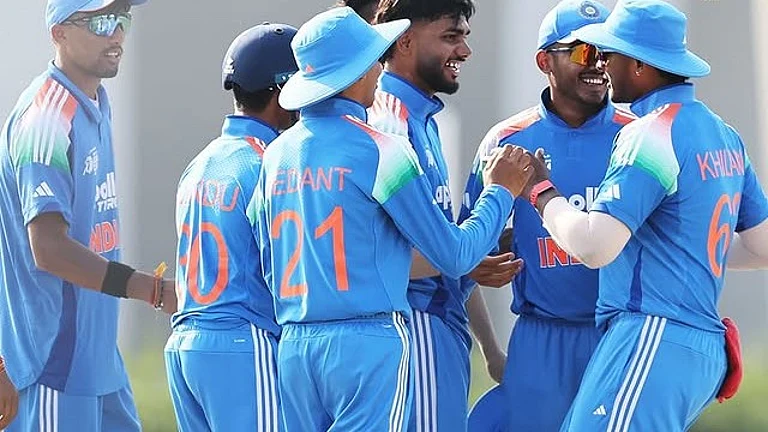Violence is hard to pin down to a time and place—the ingredients remain the same, lashing feet, a clawfest of blows by axe or knife, the sound of squeals, a sudden outbreak in the green humid tranquility of India’s eastern region that takes innocence by surprise. Anuradha Roy’s Sleeping on Jupiter starts with violence and proceeds to more violence with a girl child at its heart. Nomi, whose name we discover when she appears on a train with coloured braids in her hair and a confusion of beads, catches the eye of a gaggle of women travellers in their sixties who are on their way to the fictional town of Jharmuli by the sea and is immediately established as foreign and confrontational.
Nomi flits in and out of a story that matches her in elusiveness. Anuradha Roy takes the reader backwards and forwards in time and throws in other stories—that of Suraj the cameraman, of Badal the guide and Raghav, a reluctant chai boy—which run in a kind of parallel narrative pattern. Nomi, adopted in Oslo, is on a journey to discover her roots. However, as the story continues against the backdrop of Jharmuli and its temples, we realise that it not her birth mother she is looking for. The “brown, sexy shrimp” was abused by one of those ubiquitous godmen whose ashram seems to have been a front for serial abuse and is hunting for one of her fellow victims.
The violence shrinks from macro to microcosm, from the family to a host of children to the self, where it explodes as anger. Both Nomi and Suraj have their own internal sources of rage that erupts into sudden violence—though in Suraj’s case the rage taken out on a street dog is inexplicable, unless it explains why such violence is often focused on the helpless. Suraj is perennially stoned or hung over, something that Nomi occasionally shares when her quest reaches a dead end, making the aggression that results as episodic as the story. Jupiter has brought Nomi a long way, though not necessarily down the right path. It seems to dictate a cyclical kind of progress taking the voyagers round the rings of time without restoring whatever has been lost.
Roy’s sections are timed in a kind of countdown format, the days and hours spent at Jharmuli ticking away with no conclusion. With her poetic prose she entices the reader into turning the pages, hoping to find some kind of answer to all the questions that the story raises. Where did Nomi’s mother vanish, for example? Does the sea really not return what it takes away? And who is the mysterious albino monk who seems to glimmer through the waves at the high point of hallucinations? Roy revels in mystery through misdirection.
The action in Jharmuli centres around the temple and Johnny Toppo’s tea shop near the sea, where terracotta pots of tea laced with ginger lull the drinker into a false sense of well-being. People encounter each other conveniently there and through memory lapses, final realisations are inevitably postponed.
In India we are, the author seems to hint, doomed like the fish that swim through the waves towards the light of hope, only to land in a fishing net.


























